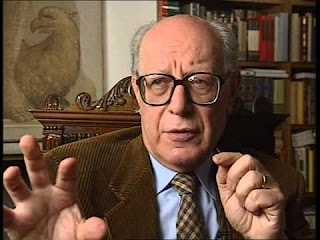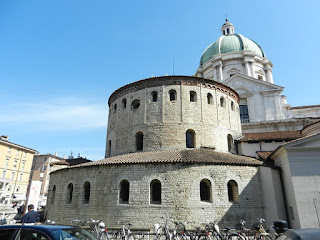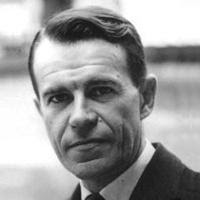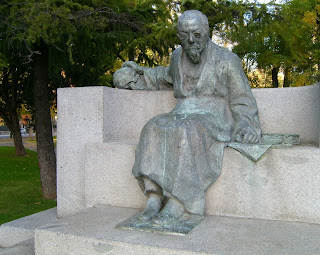Thinker famous for theories on eternity and being
 |
| Emanuele Severino was removed from the Catholic University of Milan because of his belief in the 'eternity of all beings' |
Severino is regarded by many as one of Italy’s greatest thinkers of the modern era, yet came into conflict with the Catholic Church, so much that the Congregation of the Doctrine of the Faith, the body that once stood in judgment of those it deemed as heretics, banished him from the Church in 1969 on the basis that his beliefs were not compatible with Christianity.
The basis for their action was his belief in “the eternity of all being”, which essentially denies the existence of God as a creator.
Severino believed that the ancient Greek theory of all things coming from nothing and returning to nothing after being granted temporary existence was flawed, and that the Greek sense of becoming was an error. He contended that the idea that an entity can move from ‘being’ to ‘non-being’ and vice-versa was absurd.
He argued that everything is eternal, not only all people and all things, but every moment of life, every feeling, every aspect of reality, and that nothing becomes or ceases to be. He challenged the notion of death as annihilation, explaining birth and death through his theory that “we are eternal and mortal because the eternal enters and exits from appearing. Death is the absence of the eternal”.
 |
| Severino argued that nothing could come of nothing and therefore everything is eternal |
As a young man, Severino had been initially consumed by mathematics but turned to the study of philosophy after his brother, Giuseppe, with whom he often discussed the ideas of contemporary philosophers, had been killed in action in the Second World War. He had a talent for music, too, and composed a suite for wind instruments that was performed in public.
Severino studied at the University of Pavia and subsequently at the Università Cattolica del Sacro Cuore in Milan, where he became Professor of Moral Philosophy. His philosophical position, which was described as neo-Parmenidism after the pre-Socratic Greek philosopher Parmenides, who similarly had contended that existence is unchanging and timeless, and that appearances to the contrary were the result of false conceptions produced by deceitful sensory faculties.
As a result of the Catholic Church’s judgment, Severino had to leave his position in Milan. He moved from there to the Ca’ Foscari University of Venice, where he was director of the Department of Philosophy and Theory of Sciences until 1989.
Despite the Church’s view that his opinions were dangerous, Severino was awarded the Gold Medal of the Republic for Meritorious Culture by the President of the Italian Republic. He won many prizes and regularly expressed his opinions in a column in the Corriere della Sera newspaper.
Severino died in January 2020 at the age of 89 in Brescia, where his body was cremated in a private ceremony before his death was announced.
 |
| Brescia's Duomo Vecchio, also known as la Rotonda, which is thought to date back to the 11th century |
Brescia, where Severino was born and died, is a city in Lombardy, situated about 90km (56 miles) east of Milan between the lakes of Iseo and Garda. It is a city of artistic and architectural importance. A Roman colony before the birth of Christ, it still has the remains of a forum, theatre and a temple. Brescia came under the protection of Venice in the 15th century and there is a Venetian influence in the architecture of the Piazza della Loggia, an elegant square, which has a clock tower similar to the one in Piazza San Marco in Venice. Next to the 17th century Duomo is an older cathedral, the unusually shaped Duomo Vecchio, also known as la Rotonda.
 |
| The Ca' Foscari and the Palazzo Giustinian, also part of the university, on Venice's Grand Canal |
The Ca' Foscari University of Venice has been housed since its foundation in 1868 in the Venetian Gothic palace of Ca' Foscari, which stands on the Grand Canal, between the Rialto and San Marco, in the sestiere of Dorsoduro. Originally the Regia Scuola Superiore di Commercio - the Royal High School of Commerce - it became a university in its centenary year in 1968. Nowadays, it has eight departments and almost 21,000 students and regarded as one of top five universities in Italy, of which there are around 90.




















